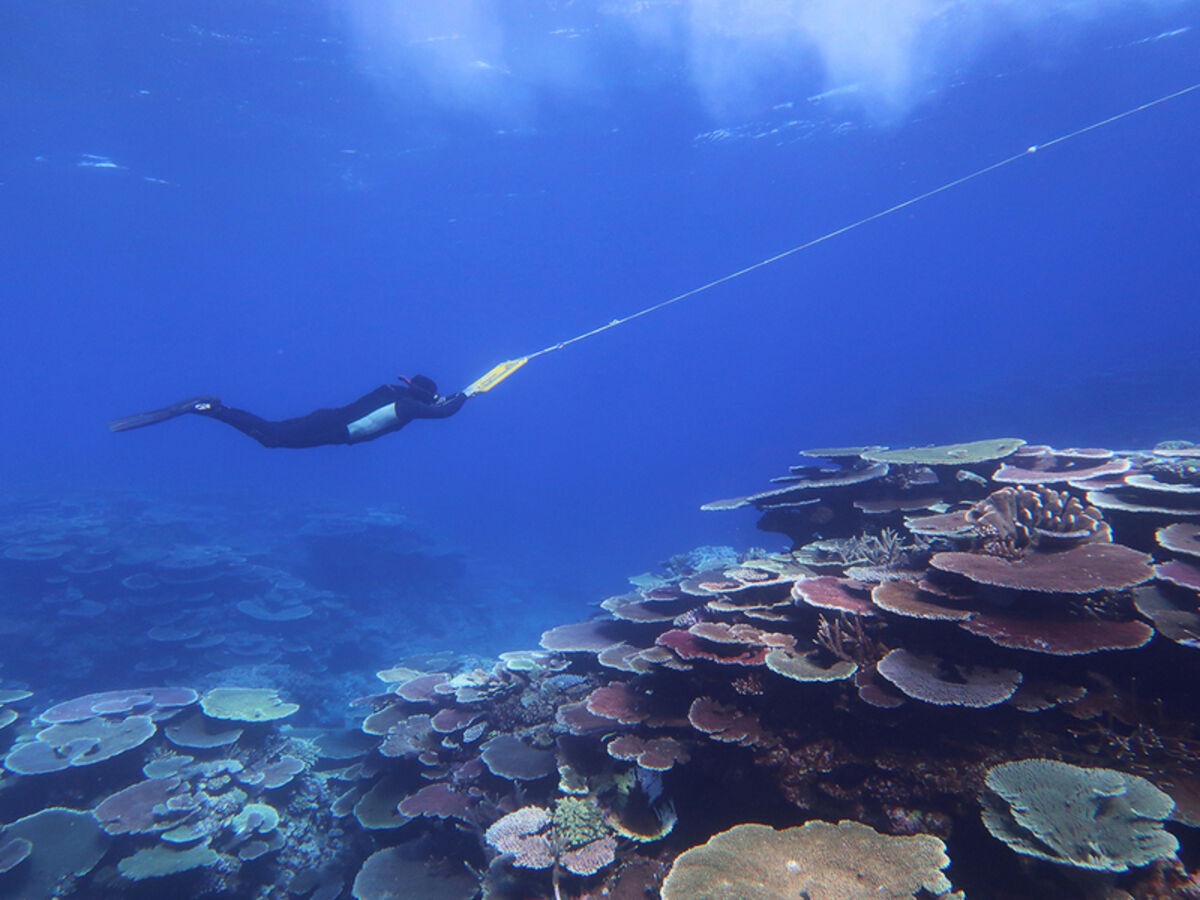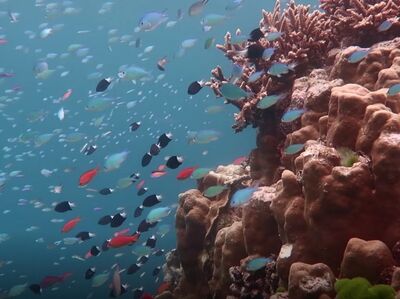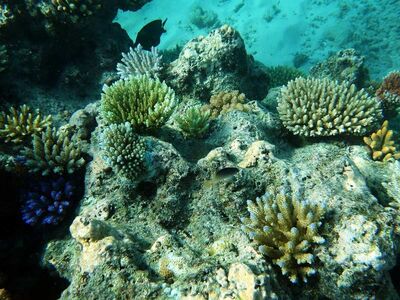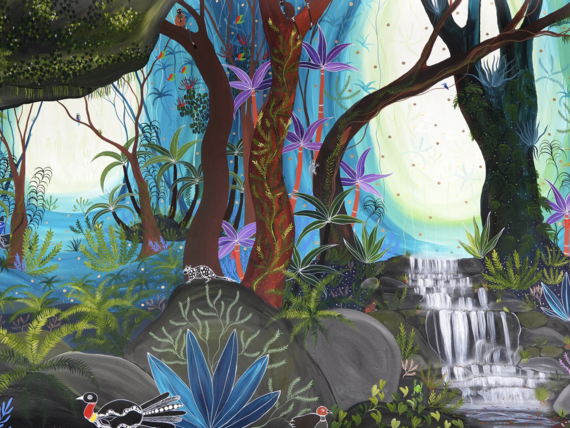Health check reveals coral recovery on the southern Great Barrier Reef is faring worse than northern areas

Studies on coral cover on the Great Barrier Reef have shown mixed results, with growth recorded in the northern area but reductions in the central and southern regions.
Thy're the findings of the Australian Institute of Marine Science (AIMS) in its Great Barrier Reef Condition Update handed down today.
Long Term Monitoring Program leader and ecologist Dr Mike Emslie said the latest surveys come off the back of cyclones, two severe bleaching episodes and outbreaks of crown-of-thorns starfish that have all impacted reef health in the past five years.

“We know reefs can recover given time and the right conditions, but there has been little relief from disturbances in recent years to allow significant recovery to occur,” he said.
In the northern region, between Cape York and Cooktown, average coral cover has increased from 11% in 2017 to 14% in 2019.
Surveys of the central region, taking in Cairns and Port Douglas in an area from the Whitsundays to Cooktown, showed a two per cent reduction in coral cover over the past 12 months.
Coral cover on the southern region reefs from the Whitsundays to Bundaberg has declined by one per cent in the same period.
“Despite these impacts we still found healthy reefs in some of the central areas such as the outer shelf reefs off the Whitsundays, and in the southern regions, but overall there has been a slight decline in coral cover in these areas,” Dr Emslie said.

AIMS has monitored the Reef for more than 30 years and holds Australia’s largest coastal, ocean and reef-related data sets.
CEO Dr Paul Hardisty said the data provides a continuous record of change in reef communities and show most areas need more time to recover.
“The Great Barrier Reef is still beautiful and it is resilient, but it is facing unprecedented challenges.
“Long-term monitoring of this dynamic and very large marine ecosystem allows us to better understand what we can do to help it survive into the future,” he said.
The Reef contributes $6.4 billion a year to the Australian economy and provides more than 64,000 permanent jobs.
CRUNCHING THE CORAL COVER NUMBERS

Northern Region
Highest recording in 1988: 30%
2017: 11%
2019: 14%
Some individual reefs had less than 10% coral cover, while others had up to 50%.
Central Region
Highest recording in 2016: 22%
2018: 14%
2019: 12%
Coral loss can be attributed to Tropical Cyclone Debbie in 2017 and the current crown-of-thorns-starfish outbreak.
Southern Region
Highest recording in 1988: 43%
2018: 25%
2019: 24%
This area is still recovering from Cyclone Hamish in 2009, while the Swain group of reefs suffered large coral loss due to intense crown-of-thorns starfish outbreaks.








